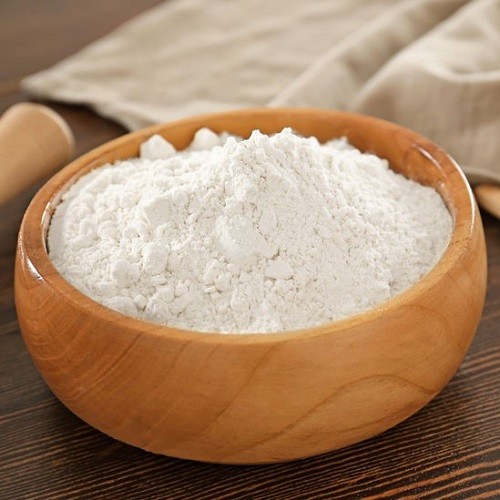Maida

Maida, also known as refined flour, holds a significant place in culinary cultures around the world, serving as a key ingredient in a myriad of dishes. Its fine texture and versatility make it a favorite among chefs and home cooks alike. Join us as we explore the journey of maida from wheat to refined flour and its role in creating delectable culinary delights.
-
Origin and Processing: Maida is derived from wheat, a staple crop cultivated for thousands of years. The process of refining wheat into maida involves several steps aimed at separating the endosperm, the starchy center of the wheat kernel, from the bran and germ. This refining process typically involves milling the wheat to remove the outer layers, followed by sifting to produce a fine, powdery flour known as maida.
-
Texture and Consistency: One of the defining characteristics of maida is its fine texture and silky consistency. Unlike whole wheat flour, which retains the bran and germ, maida is refined to remove these components, resulting in a flour that is lighter in color and smoother in texture. This fine texture makes maida ideal for creating delicate pastries, fluffy cakes, and tender breads.
-
Culinary Applications: Maida's neutral flavor and smooth texture make it a versatile ingredient in both sweet and savory dishes. In baking, maida is prized for its ability to produce light and airy baked goods, such as cakes, cookies, and pastries. Its high gluten content also makes it ideal for producing bread with a soft, chewy texture. In savory cooking, maida is used to thicken sauces, create batters for frying, and as a base for pasta and noodles.
-
Cultural Significance: Maida holds cultural significance in many culinary traditions around the world. In India, for example, maida is a key ingredient in popular dishes such as naan bread, samosas, and sweets like gulab jamun and jalebi. In European cuisine, maida is used to create delicate pastries such as croissants and puff pastry. Its versatility and widespread use make maida an essential pantry staple in kitchens worldwide.
-
Nutritional Considerations: While maida is prized for its fine texture and versatility in cooking, it is important to note that it is a refined flour and lacks the fiber, vitamins, and minerals found in whole wheat flour. As such, it should be consumed in moderation as part of a balanced diet. Alternatives such as whole wheat flour, almond flour, and coconut flour can be used to add variety and nutritional value to recipes.
Conclusion: Maida, with its fine texture and versatility, has earned its place as a beloved ingredient in culinary traditions around the world. From fluffy cakes to crispy fried treats, its role in creating delicious dishes is undeniable. As we embrace the culinary possibilities of maida, let us also explore alternatives that offer nutritional benefits while celebrating the rich tapestry of flavors and textures that define our global culinary heritage.






